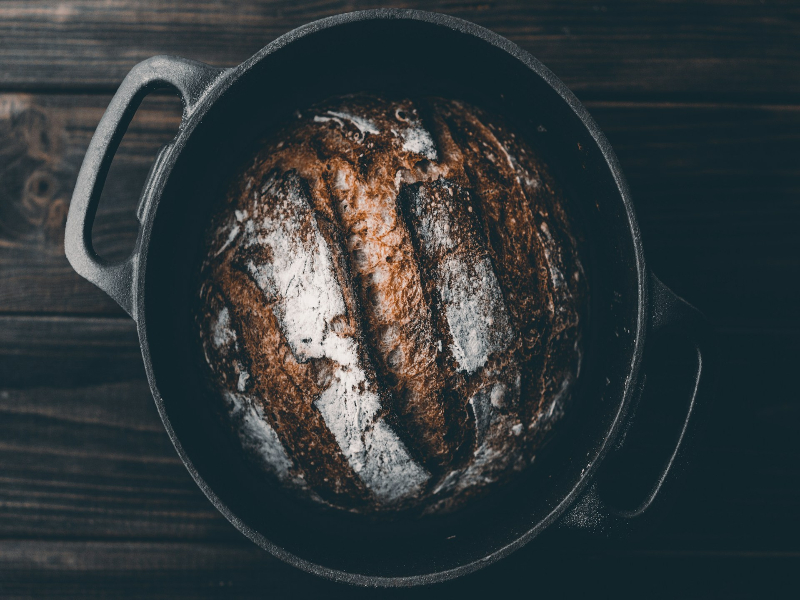
Tinned Fish
Have you joined the wave of foodies loving, discovering, or rediscovering tinned fish?
Tinned fish, preserved by sealing in a metal container and heating to kill bacteria, has come a long way from the bland and boring tuna or sardines of the past.
The varieties of fish species – smoked salmon, spicy mackerel, anchovies, octopus, herring, crab, lobster – flavors, sauces, and preparations will make your mouth water.
The first commercial tinning of fish was done in 1810 by Frenchman Nicolas Appert, using glass jars instead of metal cans. Napoleon Bonaparte gave him a prize for his invention, which helped feed the French army during the Napoleonic Wars.
In 1813, British merchant Peter Durand patented his metal canning process and sold it to the London firm Donkin, Hall and Gamble, who began producing tinned salmon, sardines, oysters, and lobster for the British market and for export to the colonies.
The first American canning factory, also focusing on seafood products, was established in New York in 1825 by Ezra Daggett and Thomas Kensett.
Thanks to several factors, tinned fish became more popular and widespread by the second half of the 19th century. The invention of the steam engine and the railroad made it easier transporting fresh fish from the coast to inland factories and markets. The development of cheaper and thinner tinplate and use of soldering machines reduced the cost and weight of the cans. The improvement of hygiene and quality standards ensured canned fish was safe and tasty to eat.
Providing a good source of protein, omega-3 fatty acids, calcium, iron, and vitamin D, easy to store, transport, and distribute, it played an important role in feeding soldiers and civilians during the Civil War, World Wars I and II, and the Korean War.
Last month’s Summer Fancy Food Show in New York City illustrated the trend isn’t slowing down any time soon. There were innovative canned seafood products from Alaska, Canada, France, Greece, Italy, Morocco, and more.
New creations include, from Norway, a line of organic and sustainable cod, haddock, and pollock in natural juices or herbs; from Spain, a collection showcasing Mediterranean cuisine of octopus, squid, clams, and mussels in rich sauces.
From Japan, a colorful range of tinned fish with cute packaging and creative flavors like salmon teriyaki, tuna curry, and sardine sushi; and from Portugal, traditional and authentic selections with high-quality ingredients and recipes passed down for generations – sardines in olive oil, mackerel in tomato sauce, and codfish in garlic.
Brand names include Sardina (Portugal), Anchoa (Spain), Tuna (Japan), Salmon (Norway), and Mackerel (Canada).
Classes
Do you know a teen who loves cooking and wants five days of action-packed hands-on experiences learning new skills from a professional chef? If so, our Teen Chef Camp is the perfect idea! From July 24-28, teens will learn everything they need to know to slice, dice, chop, and brunoise their way to stocks, sauces, soups, appetizers, salads, side dishes, dry and moist heat cooking, breads, and desserts; preparing delicious dishes using fresh and seasonal ingredients, and how to present them with flair and creativity.
On July 26, Chef/Butcher Brett Sippy of Davison Meats kicks off his monthly class: Behind the Butcher Counter, where you’ll cook and learn about all the different cuts and best uses of meat, poultry, and fish. The July menu: U.S. Prime top sirloin kebabs; a crunchy and tangy Southwest Slaw with a poppyseed dressing; and juicy Balsamic Marinated Peaches with a scoop of vanilla ice cream.
On August 8, no passport needed to join Zio Peppe Chef/Owner Devon Sanner (who on July 22 competes to become Tucson’s next Iron Chef) and wine authority Bob Leopardi for Taste of Italy: Wines & Small Bites at Zio Peppe. You’ll enjoy three whites: San Lorenzo Gavi from Piemonte, Viticoltori de Conciliis Falanghina from Campania and Venica & Venica Pinot Grigio from Friuli-Venezia Guiliaand and three reds: Lenotti Valpolicella from Veneto, Domenico Clerico Dolcetto from Langhe, Piemonte and Bastioni dei Collazzi Chianti Classico DOCG, Impruneta, Florence, with a curated menu to complement each wine.
What’s the Buzz? Like wine, cheese and chocolate, honey has joined the ranks as an artisanal obsession. Experience Sonoran Desert honey like never before and taste it like a sommelier tastes wine on October 18 with beekeeper and sommelier Noel Patterson of Dos Manos Apiaries.
Wishing you joy in the kitchen,
Michele
Patata con Tomate
Yield: 4 servings
This recipe, featuring flavors of Spain, is inspired by the classic tapa pan con tomate, bread with tomato. Instead of bread, this uses thinly sliced potatoes.
12 anchovies or sardines, drained and rinsed
4 medium russet potatoes, peeled and thinly sliced
4 tablespoons olive oil, divided
Kosher salt, to taste
Freshly ground black pepper, to taste
4 garlic cloves, peeled and minced
¼ cup fresh parsley, chopped
2 cups fresh tomatoes, chopped
2 teaspoons smoked paprika
¼ teaspoon cayenne pepper, optional
1. Heat oven to 375°F. Line a rimmed baking sheet with parchment paper.
2. In a large bowl, toss potato slices with 2 tablespoons olive oil and season with salt and pepper. Arrange slices in a single layer on baking sheet and bake 25-30 minutes, flipping halfway, until crisp and golden.
3. In a small saucepan over medium-low heat, heat the remaining 2 tablespoons of olive oil and cook garlic and parsley about 5 minutes, stirring occasionally, until fragrant and soft.
4. Add tomatoes, paprika, cayenne pepper (if using), and a pinch of salt; bring to a boil. Reduce heat and simmer about 15 minutes, stirring occasionally, until slightly thickened.
5. To serve, spoon tomato sauce over each potato slice and top with an anchovy or sardine.
Photo credit: Mari Helin on Unsplash





